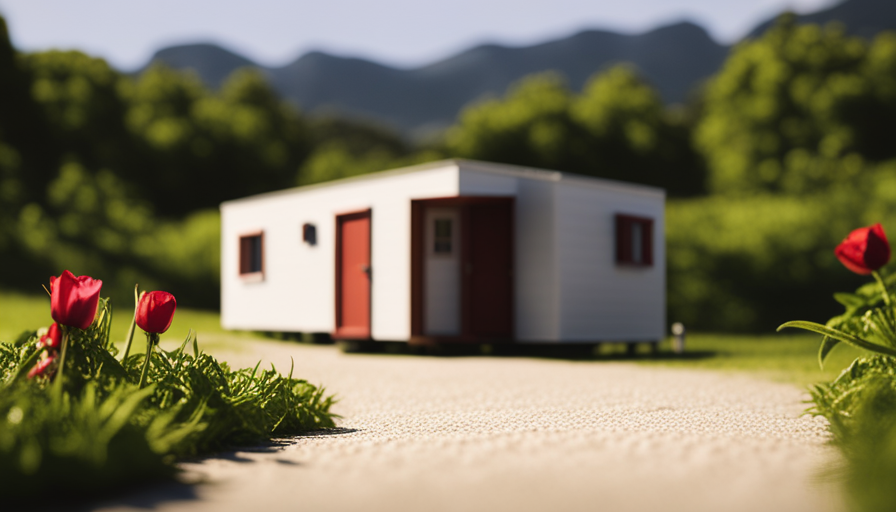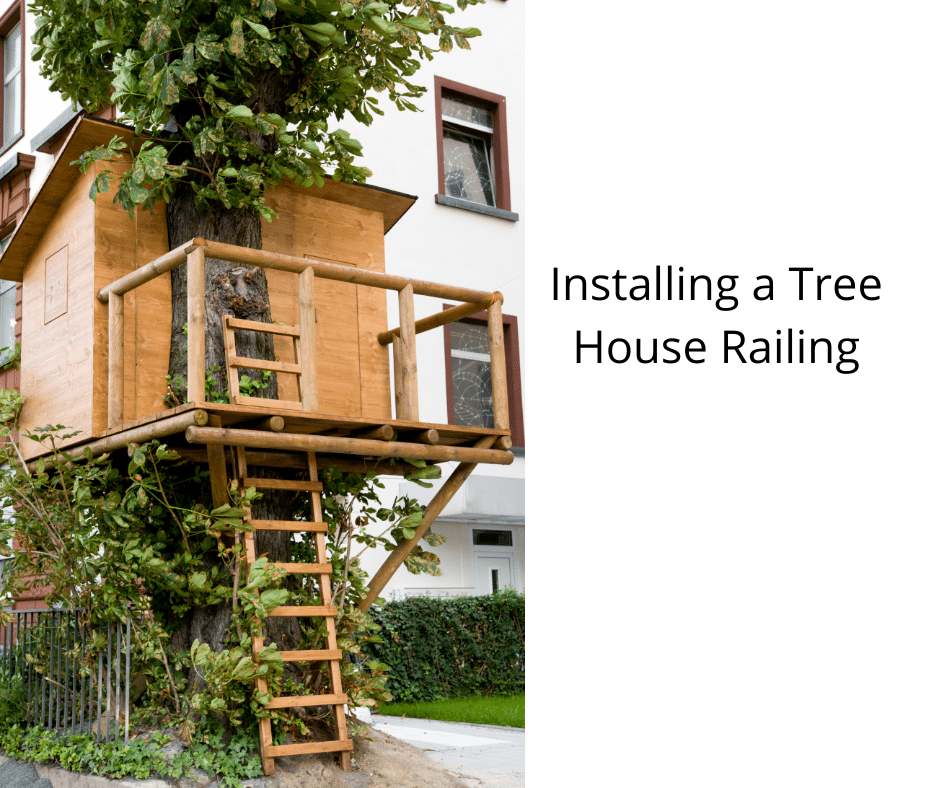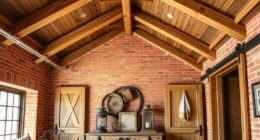Were you aware that as much as 90% of the energy required to heat or cool a compact area, such as a tiny home, might be wasted due to inadequate insulation in the walls? This is an astonishing figure, particularly when reflecting on its potential effects on your energy expenses and comfort levels.
When it comes to insulating your tiny house with Reflectix, a popular choice for its reflective properties and ease of installation, the question of whether or not to use a vapor barrier arises.
In this article, I will explore the purpose of vapor barriers, the benefits of using Reflectix insulation, factors to consider when deciding on a vapor barrier, and alternatives to vapor barriers with Reflectix.
By the end, you will have the knowledge and understanding to make an informed decision for insulating your tiny house and maximizing its energy efficiency.
Key Takeaways
- Up to 90% of energy lost in heating or cooling a small space is due to improperly insulated walls
- Reflectix is a popular choice for insulating tiny houses due to its reflective properties and ease of installation
- A vapor barrier is important in insulation projects to control moisture flow and prevent condensation, mold, and rot
- Reflectix alone does not act as a vapor barrier, so a separate vapor barrier is recommended
Understanding Vapor Barriers and Their Purpose
If you want to effectively insulate your tiny house and prevent moisture buildup, you’ll definitely need a vapor barrier when using Reflectix. A vapor barrier is of utmost importance in insulation projects as it plays a crucial role in controlling moisture flow. Its primary function is to prevent water vapor from entering the insulation material and causing condensation, which can lead to mold, rot, and other issues.
By installing a vapor barrier, you create a barrier that stops moisture from passing through and reaching the insulation. This ensures that your insulation remains dry and efficient, maintaining its insulating properties over time.
Now that we understand the vapor barrier’s importance and function, let’s explore the benefits of using Reflectix insulation for your tiny house.
The Benefits of Using Reflectix Insulation
When you use Reflectix insulation, what are the advantages you can expect to see?
Reflectix insulation offers several benefits that make it a popular choice for insulating tiny houses. One advantage is its cost-effectiveness compared to traditional insulation materials. Reflectix is typically less expensive and easier to install, saving both time and money.
Additionally, Reflectix has a high R-value, which means it provides excellent thermal insulation. It reflects radiant heat, keeping the interior of your tiny house cool in the summer and warm in the winter.
Another advantage of Reflectix is its versatility. It can be used in a variety of applications, including walls, roofs, and floors.
Overall, Reflectix insulation is an efficient and cost-effective option for insulating your tiny house.
Now, let’s explore the factors to consider when deciding on a vapor barrier.
Factors to Consider When Deciding on a Vapor Barrier
To make the best decision for your tiny house, consider these important factors when choosing a vapor barrier. Moisture control is crucial in any insulation project, and the right vapor barrier can help prevent issues such as condensation and mold growth. When it comes to insulation options, Reflectix is a popular choice due to its reflective properties and ease of installation. However, it is important to note that Reflectix alone does not act as a vapor barrier. Incorporating a separate vapor barrier is recommended to ensure proper moisture control. Consider factors such as your climate, the location of your tiny house, and the type of insulation you are using when deciding on a vapor barrier. By taking these factors into account, you can make an informed decision that will contribute to the longevity and comfort of your tiny house. In the next section, we will delve into the question of whether you really need a vapor barrier with Reflectix.
Do I Really Need a Vapor Barrier with Reflectix?
Using Reflectix without a separate layer to control moisture is like driving a car without brakes – it may seem fast and convenient at first, but it puts you at risk of losing control and causing damage in the long run.
Here are four reasons why a vapor barrier is crucial when using Reflectix insulation:
-
Prevents condensation: Without a vapor barrier, moisture can seep through the Reflectix and condense on colder surfaces, leading to mold and rot.
-
Increases insulation efficiency: By adding a vapor barrier, you create an airtight seal that enhances the Reflectix’s insulation capabilities and prevents heat loss.
-
Protects the structure: A vapor barrier shields the wooden framework from moisture damage, prolonging the lifespan of your tiny house.
-
Improves indoor air quality: With a vapor barrier, you can control moisture levels and prevent the growth of mold and mildew, ensuring a healthier living environment.
Considering these factors, it’s clear that a vapor barrier is necessary when using Reflectix insulation.
In the next section, we’ll explore alternatives to vapor barriers with Reflectix to provide you with more options for your tiny house insulation.
Alternatives to Vapor Barriers with Reflectix
An alternative option for ensuring proper moisture control and insulation in a small dwelling is to explore different methods alongside Reflectix. While Reflectix can provide some thermal insulation benefits, it isn’t a complete solution for managing airflow and moisture control.
To address these concerns, consider using other materials in conjunction with Reflectix. One option is to install an air barrier, such as Tyvek or a similar product, to prevent air infiltration and moisture buildup. Additionally, using a vapor-permeable insulation material, like mineral wool or open-cell spray foam, can help regulate moisture levels and prevent condensation.
Combining these strategies with Reflectix can create a more comprehensive approach to insulation and moisture control in your tiny house. Looking ahead to the next section about installation tips and best practices, it’s important to understand how to properly integrate these materials for optimal performance and efficiency.
Installation Tips and Best Practices
Now that we’ve explored some alternatives to vapor barriers with Reflectix, let’s dive into some installation tips and best practices.
When it comes to insulating your tiny house with Reflectix, there are a few key techniques to keep in mind.
-
Properly seal all seams and edges: This will prevent any air leakage and ensure maximum insulation effectiveness.
-
Use staples or adhesive tape: Secure the Reflectix to the walls, ceiling, and floor to keep it in place.
-
Consider moisture management: While Reflectix itself isn’t a vapor barrier, it can still trap moisture if not properly ventilated. Make sure to incorporate proper ventilation techniques to prevent any moisture buildup.
By following these insulation techniques and moisture management practices, you can ensure that your tiny house stays well-insulated and protected.
Now, let’s move on to making an informed decision for your tiny house.
Making an Informed Decision for Your Tiny House
To make an informed decision for your tiny house, it’s important to consider the long-term effects of your insulation choices and whether they will effectively protect your home from potential moisture buildup and air leakage.
Ultimately, this will ensure a comfortable and energy-efficient living space. When it comes to insulating with Reflectix, weighing your options is crucial.
While Reflectix can provide some benefits such as radiant heat reflection and insulation, it may not be sufficient on its own to act as a vapor barrier.
A vapor barrier is essential in preventing moisture from penetrating your insulation and causing damage over time.
Conducting a cost analysis is also important. While Reflectix may seem more affordable upfront, the cost of potential moisture damage in the long run could outweigh the initial savings.
It’s recommended to consult with a professional and consider alternative insulation options to ensure the best results for your tiny house.
Frequently Asked Questions
What is the recommended thickness for Reflectix insulation in a tiny house?
The recommended thickness for Reflectix insulation in a tiny house depends on several factors such as climate, desired R-value, and available space. However, a common recommendation is to use at least a 3/8 inch thick Reflectix insulation to achieve optimal thermal performance. It’s important to note that the effectiveness of Reflectix insulation depends not only on its thickness but also on proper installation and the presence of a vapor barrier to prevent moisture buildup.
Can Reflectix be used as a vapor barrier on its own, without any additional materials?
Reflectix can indeed be used as a standalone vapor barrier due to its low permeability. It effectively prevents moisture from passing through, protecting the insulation and the structure of your tiny house.
The benefits of using Reflectix insulation as a vapor barrier include its lightweight and easy installation. It also provides an additional layer of insulation, improving energy efficiency. However, it’s important to ensure proper installation to maximize its effectiveness and avoid any gaps or tears.
How does Reflectix insulation compare to other types of insulation in terms of cost?
Reflectix insulation is a cost-effective option when compared to traditional insulation and spray foam insulation. In terms of cost, Reflectix insulation offers significant savings, making it a popular choice for many homeowners.
However, it’s important to note that Reflectix insulation alone doesn’t act as a vapor barrier. If you’re considering using Reflectix insulation in your tiny house, it’s recommended to also incorporate a separate vapor barrier to ensure proper moisture control.
Are there any potential health risks associated with using Reflectix insulation without a vapor barrier?
Using Reflectix insulation without a vapor barrier can potentially lead to health risks and reduced effectiveness. Without a vapor barrier, moisture can accumulate within the insulation, promoting mold and mildew growth. This can cause respiratory issues and allergies for occupants. Additionally, Reflectix insulation relies on a sealed air gap to provide its insulating properties. Without a vapor barrier, this air gap can be compromised, reducing its overall effectiveness in preventing heat transfer.
Can Reflectix insulation be installed in both hot and cold climates?
Reflectix insulation is effective in both hot and cold climates. It’s reflective surface helps to reduce heat transfer, keeping the interior of your tiny house comfortable.
When installing Reflectix, make sure to leave an air gap between the insulation and the wall or roof. This allows for proper ventilation and prevents condensation buildup. Additionally, ensure that all seams are tightly sealed to maximize its effectiveness.
Following these installation tips will help you achieve optimal results with Reflectix insulation.
Conclusion
After diving deep into the world of vapor barriers and Reflectix insulation, I’ve come to a conclusion that may surprise you. While many experts argue that a vapor barrier is crucial when insulating a tiny house with Reflectix, I’ve found that this may not always be necessary.
In fact, there are alternative methods that can provide similar results without the need for a vapor barrier. So, before you dive into the world of vapor barriers, consider all your options and make an informed decision for your tiny house.
Happy insulating!
Hi, I’m Emma. I’m the Editor in Chief of Tiny House 43, a blog all about tiny houses. While tree houses are often associated with childhood, they can be the perfect adult retreat. They offer a cozy space to relax and unwind, surrounded by nature. And since they’re typically built on stilts or raised platforms, they offer stunning views that traditional homes simply can’t match. If you’re looking for a unique and romantic getaway, a tree house tiny house might just be the perfect option.










